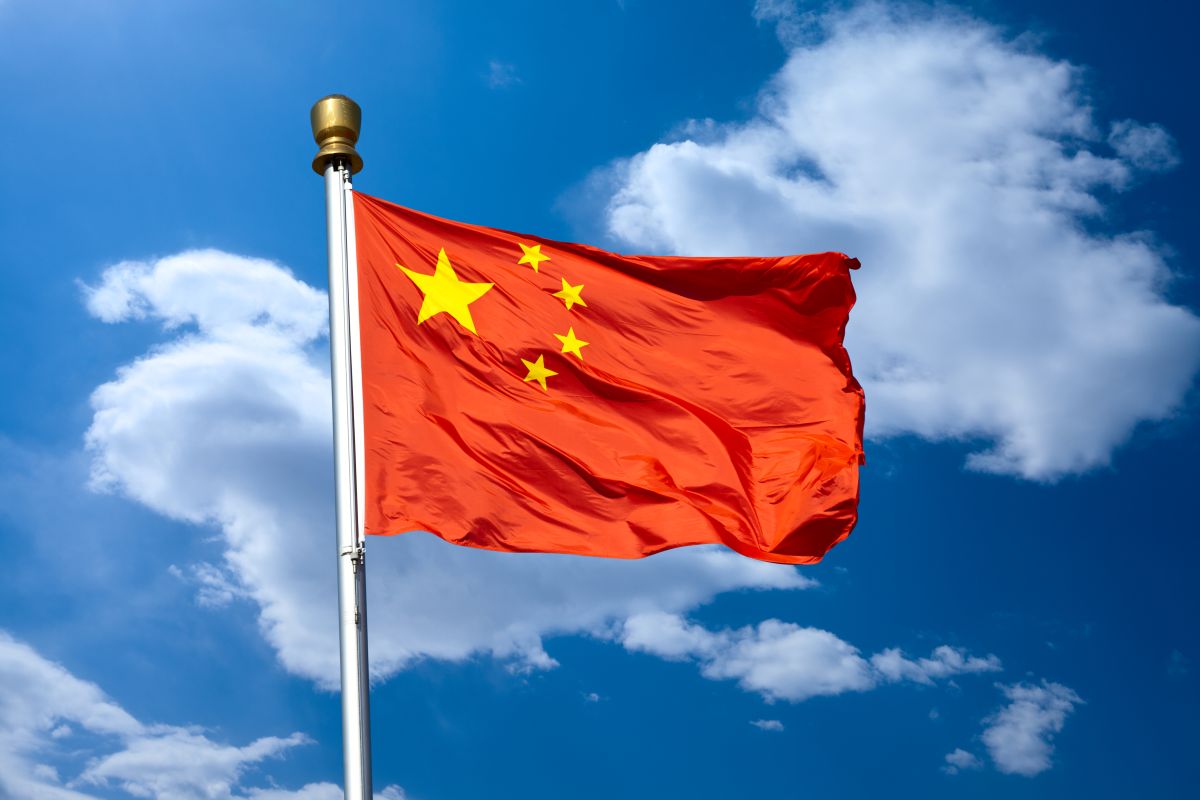US CDC confirms H5N1 bird flu infection in child in California
The US Centers for Disease Control and Prevention (CDC) has confirmed a human infection with H5N1 bird flu in a child in California
The disruptive decoupling of the semiconductor industry has shown that it is vital for both powers to weigh the costs and benefits before making decisions driven by geopolitics visa-vis renewable energy manufacturing.

Representational image (Photo: IStock)
Is renewable energy in danger of becoming the ‘next semiconductor’? Which is to say, will the Sino-US rivalry undermine the global low-carbon transition just as sensitive semiconductors chipmaking technology has become the battleground for China and the USA to undercut each other worldwide? For example, point out scholars Cheng Li and Xiuye Zhao in a recent essay, the Inflation Reduction Act (IRA) is America’s biggest and most significant national policy geared toward combating climate change, as the legislation provides an estimated amount of $300 billion worth of subsidies over the next decade to bring renewable energy manufacturing back to American soil. But it is unclear whether this goal can be achieved without disrupting the global supply chain in which China is a major player. The question for both Washington and Beijing is whether to leave room for collaboration to facilitate the low-carbon transition or to decouple for the sake of strategic competition. According to the authors, “blind dependence” creates energy security risks while “overt decoupling” slows green technological deployment and endangers the global climate agenda. They have a point.
The disruptive decoupling of the semiconductor industry has shown that it is vital for both powers to weigh the costs and benefits before making decisions driven by geopolitics visa-vis renewable energy manufacturing. In the months following the Russian invasion of Ukraine, however, the significant clean tech manufacturing capacity in China has the West worried about energy security. Li and Zhao iterate that China commands a much bigger lead in renewable energy manufacturing capacity than the Organisation of Petroleum Exporting Countries does in oil, where 13 separate states control roughly 40 per cent of global oil production. China also produces over 50 per cent of lithium and nickel, as well as roughly 70 per cent of cobalt ~ minerals critical for renewable energy manufacturing ~ extending China’s lead upstream.
\Taken in conjunction with Russia’s weaponization of energy dependence and the emerging ‘no limits’ Sino-Russian alliance, the national security implications for the USA and Europe are obvious. It is clear that Washington’s ambition to accelerate America’s low-carbon transformation while minimising national security threats is going to be a delicate balancing act. While the authors call on responsible policymakers in both countries to identify specific economic and security risks associated with renewable energy collaboration and develop mitigation plans in consultation with both the public and private sectors, that seems wishful thinking. The strategic competition in which the USA and China are locked does not really leave room for such sagacity. The world will be the loser as renewable energy technologies become collateral damage in intensifying great power rivalry. There is no cause for optimism that climate change and renewable energy will be recognised as common global goods. That is just not the way the world works.
Advertisement
Advertisement